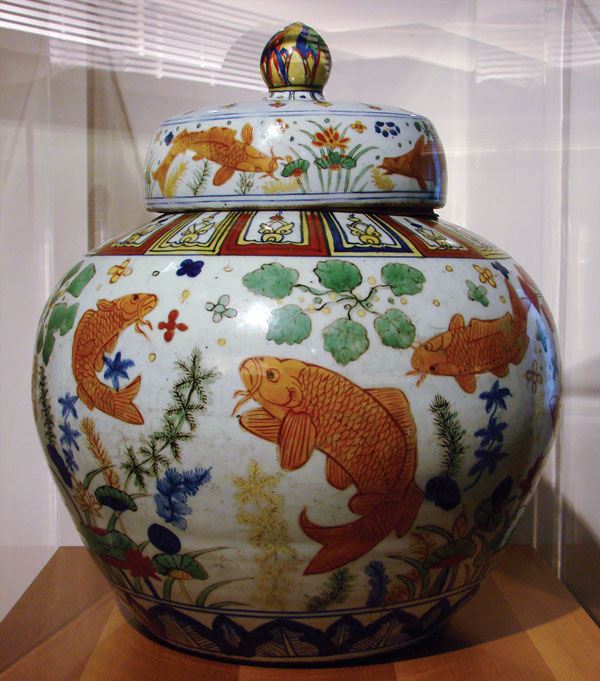Anyone interested in collecting Chinese antiques or contemporary artwork originating in China should buy it now or you may wind up paying up to an additional 25 percent more in American tariffs.
The Trump Administration recently proposed 10 percent tariffs on an additional $200 billion of imported Chinese goods, following two previous proposals to slap 25 percent tariffs on a total of $50 billion in Chinese goods. Then, the administration suggested that 10 percent was too low; 25 percent instead of 10 percent would be more to its liking. Targeted in the latest proposal: China’s 5,000-year-old antiquities as well as contemporary art works.
The latest list of tariff-targeted goods runs 195 pages, part of U.S. Trade Representative Docket USTR-2018-0026. The bottom of the last page may be of the most interest to art lovers. It includes “paintings, drawings and pastels executed entirely by hand, whether or not framed, as well as sculptures and any antique exceeding 100 years.” In short, any and all artwork.
During Asia Week New York (Sept. 7 through 15), buyers rushed to purchase the more than 1,000 works of art for sale before the tariffs take effect. Sotheby’s, Christie’s and the Asia Week New York Association of dealers also composed a written complaint, claiming that the U.S. — not China — would be affected the most: “Imposing duties on Chinese original art will not impact the trade practices of China, since the majority of such artwork is imported into U.S. from countries other than China.” (Indeed, according to the Sept. 10 edition of CNBC’s “Nightly Business Report” (NBR), “the U.S. imported about $300 million worth of Chinese art last year, much of that from Europe.)
Thus the American buyer would have to pay the new tariff on a Ming dynasty vase, a Tang horse or a Song scroll, even if they were bought from a British owner and sold at auction in New York.
This will reduce the ability of American museums like The Metropolitan Museum of Art in Manhattan to acquire new works. It also means that the international trade in art will go to London, Paris and Hong Kong. But perhaps the biggest consequence will be suffered by related galleries, which may not survive.
“It would have a very severe impact,” James J. Lally, founder of J.J. Lally & Co., specializing in Chinese art, told “NBR.” “I’d have to question how I could go forward under those circumstances. We cannot make these things. There`s no one manufacturing it, and it`s going to severely harm my clients and me as we try and continue to do what we do.”
The big winner in all this, ironically, will be — China.
“China will welcome this,” Lally says. “This is a punitive attempt by the Trump Administration, but in fact it would only support the long-standing Chinese government’s effort to monopolize the trade in art and antiquities…. It will quickly reduce the market for Chinese art in America to a backwater.”
Daniel Chen of Chambers Fine Arts adds, “It would be a shame to do this. I really don’t see what it has to do with trade.”




